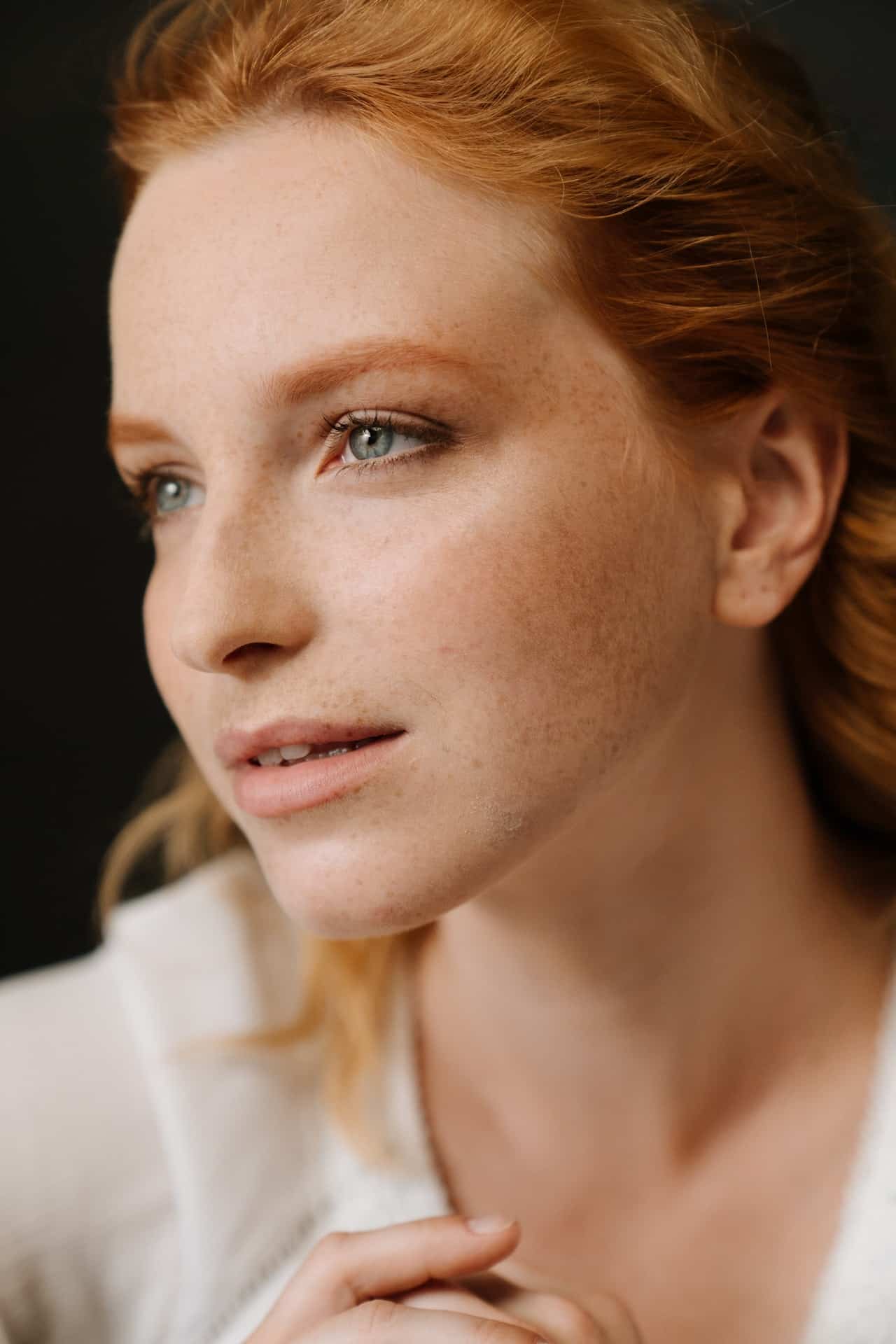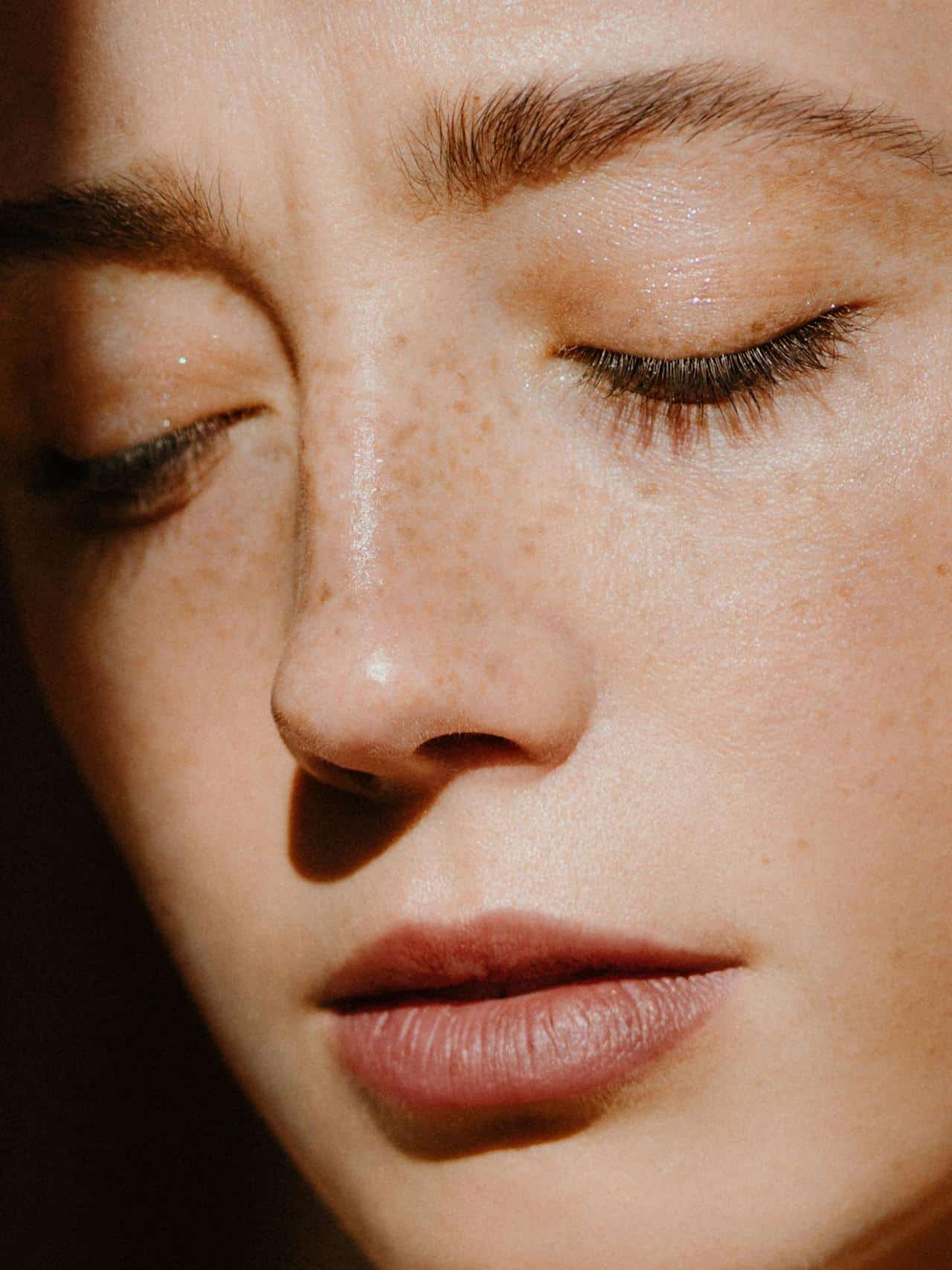BOTOX® is a quick, non-surgical treatment to look naturally younger and refreshed.

A simple injection can smooth deep and persistent wrinkles created by years of facial expressions. By relaxing the underlying muscles, BOTOX® offers natural-looking results that last up to four months.
At Virden MD, we offer BOTOX® as a safe and effective treatment to improve your desired facial aesthetics.
BOTOX® temporarily reduces:
BOTOX® is great for men and women to achieve a younger, more rejuvenated appearance. Treatment and consultations can often occur during one convenient appointment.

Ideal candidates for BOTOX® seek to address wrinkles caused by facial expressions, such as frown lines or crow’s feet. This treatment is also suitable for people with mild facial asymmetry.
Book a consultation with our team to see if BOTOX® is right for you.
Your BOTOX® appointment can often happen right after your consultation and takes just 15 to 30 minutes.
Your provider will clean the targeted areas and inject tiny amounts of BOTOX® into your muscles using a thin needle. Most people feel little to no discomfort.
Some temporary bruising, swelling, or redness might appear in the first 1 to 2 days, but that’s normal and will subside.
Some people see BOTOX® start to work within days, with the full effect being 2 weeks. Your expression lines will soften and relax. Results typically last 3 months, so plan your next appointment before the effects fade. We recommend a quarterly treatment to sustain your youthful appearance.

You might see a hint of improvement within days but BOTOX® takes 2 weeks to fully relax muscles and soften wrinkles. The results typically last 3 to 6 months, so plan touch-up appointments to maintain that smooth look.
BOTOX® is a brand name for a purified protein called botulinum toxin type A. This toxin is produced by the bacterium Clostridium botulinum, but the amount used in BOTOX® is highly regulated and safe for cosmetic purposes. When injected in tiny doses, it blocks nerve signals to targeted muscles, causing them to relax and smooth out wrinkles.
You might see a slight difference within days, but full results typically take 2 weeks.
BOTOX® is a safe and FDA-approved option and should be administered by a qualified professional. Common side effects are mild and temporary, but a consultation with your provider can address any concerns and ensure BOTOX® is the right choice for you.
While BOTOX® is generally safe and FDA-approved, we will not provide BOTOX® if you’re pregnant or breastfeeding. It’s best to avoid it during pregnancy.
BOTOX® isn’t a one-size-fits-all solution. Consider starting around your mid-20s to late-40s, or when you see those fine lines and wrinkles start to creep in. A consultation with one of our expert providers can help determine if BOTOX® is right for you.
BOTOX® uses ultra-thin needles for minimal discomfort during injection. You might feel a pinch, but most people find BOTOX® injections tolerable.
Your elevens are located right between your eyebrows, where the corrugator and procerus muscles contract to cause frowning or furrowing of your brow. The two lines look like the number “11,” hence their name.
When injected into the corrugator and procerus muscles, BOTOX® weakens their contractions, which reduces the appearance of elevens. BOTOX® in this area is safe but some side effects may occur including headaches, bruising, redness, discomfort, or temporary numbness at the injection site.
You can expect BOTOX® to last three months before the muscle activity gradually returns and lines become noticeable again.
Forehead BOTOX® injections target horizontal lines and wrinkles that crease across your forehead, often called worry lines. These lines can become more noticeable with age, and if you frequently frown or squint.
Worry lines form due to repeated muscle contractions in your forehead. The frontalis muscle—responsible for raising your eyebrows—contracts when you frown, concentrate, or squint, and over time, these contractions can lead to permanent creases in the overlying skin.
Injections target specific points on your frontalis muscle across your forehead, spaced evenly between your eyebrows and hairline. BOTOX® relaxes your muscles by temporarily blocking the signals from nerves that tell the muscles to contract, softening the appearance of worry lines.
Side effects when targeting worry lines with BOTOX® injections include:
BOTOX® for worry lines last three months, requiring repeat treatments to maintain results. Always discuss potential risks and side effects with your doctor before getting BOTOX® injections.
A chemical brow lift uses injections to achieve a lifted brow appearance. It works by relaxing the muscles that pull your eyebrows down, allowing the opposing muscles to lift your brows slightly, opening up the eye area and creating a more youthful look.
Common injection products include BOTOX® and Dysport®, which contain the same active ingredient as BOTOX® (a purified protein called botulinum toxin type A). When you come to our office, we’ll explain the difference and the choice is ultimately up to you.
The effects of a chemical brow lift typically last for three to six months and common side effects include pain, redness, swelling, bruising, or bleeding at your injection site, headache, and drooping eyelids (although rare).
Always discuss your viability for a chemical brow lift with your provider so they can assess your suitability, understand your desired outcome, and educate you on potential risks and side effects.
Crow’s feet are wrinkles that appear on the outer corners of your eyes due to repeated facial expressions, like squinting or smiling. Our skin loses elasticity as we age, making these wrinkles more prominent.
When injected in small amounts around your eyes, BOTOX® temporarily blocks the nerve signals that tell your muscles to contract. This relaxes your muscles responsible for squinting and smiling, reducing the creasing of the skin and smoothing out crow’s feet.
Your provider will target your lateral orbicularis oculi muscle, which sits on the outer side of your eye and is responsible for creating crow’s feet when it contracts. Additional injections are sometimes put into your frontalis muscle on your forehead if frown lines contribute to the appearance of crow’s feet.
While BOTOX® injections for crow’s feet are safe, there can be some temporary side effects, including:
Discuss any potential risks and side effects with your provider before receiving BOTOX® injections regarding your crow’s feet.
Bunny lines are those fine diagonal lines that crinkle your nose bridge and extend outwards towards your cheeks. They resemble a bunny’s wrinkles (hence their name).
Over time, repeated muscle contractions and natural loss of skin elasticity can form these wrinkles, especially becoming more prominent when you smile or scrunch your nose. While not everyone develops bunny lines, factors like genetics, sun exposure, and facial expressions all play a role.
Botox injections for bunny lines are generally well-tolerated, but side effects can occur including:
Always discuss any potential risks and side effects with your provider before receiving BOTOX® injections for bunny lines.
The main culprit behind chin dimpling is the mentalis muscle. This muscle sits below your lower lip and plays a role in facial expressions and lip function. When this muscle overcontracts, it can create an uneven and dimpled effect on your chin.
BOTOX® injections relax your mentalis muscle and reduce the excessive muscle contractions that cause the dimpling, leading to a smoother chin appearance. Your provider will inject BOTOX® in multiple locations on your chin (usually directly into your mentalis muscle itself), and the exact number and placement of injections depends on the severity and location of your dimpling.
Side effects of injecting BOTOX® for chin dimpling include:
The effects last for three, and repeat injections are needed to maintain the smoother appearance.
BOTOX® can soften the appearance of lip lines caused by repeated muscle contractions during activities like smiling, frowning, or smoking. Lip lines typically occur as “smoker lines,” which are vertical lines above your upper lip.
For upper lip lines, injections are placed in small amounts above your upper lip, targeting your orbicularis oris muscle. This relaxes the muscle and reduces the formation of wrinkles.
You may experience temporary side effects like bruising or redness at the injection site, swelling, temporary numbness around your lips, and although rare, drooling or an uneven smile.
While BOTOX® won’t completely eliminate wrinkles, it can soften their appearance typically for around three months. Always consult your provider about potential side effects and your candidacy.
A lip flip is a non-surgical cosmetic procedure that uses BOTOX® injections to create the illusion of fuller lips in the upper lip cupid, which is the indent in your upper lip.
A lip flip may be suitable for people who want fuller-looking lips without the dramatic effects of lip fillers. Think about it like this: individuals seeking a subtle lip enhancement with minimal downtime.
The results of a lip flip are typically subtle and natural-looking. The solution is temporary—lasting around six to 10 weeks—so you will have to return to re-treat.
A very small amount of BOTOX® is injected into the cupid of your upper lip.
Here are some potential side effects of a lip flip:
Both lip flips and lip fillers can enhance the appearance of your lips, but they do this in different ways:
Make all the facial expressions you want without worrying about creating wrinkles that make you look older and tired by scheduling BOTOX sessions. Injectable wrinkle relaxer treatments with BOTOX Cosmetic will leave you refreshed and rejuvenated.
©2024 Charles P. Virden, MD
Designed by M&P Creative Marketing Agency